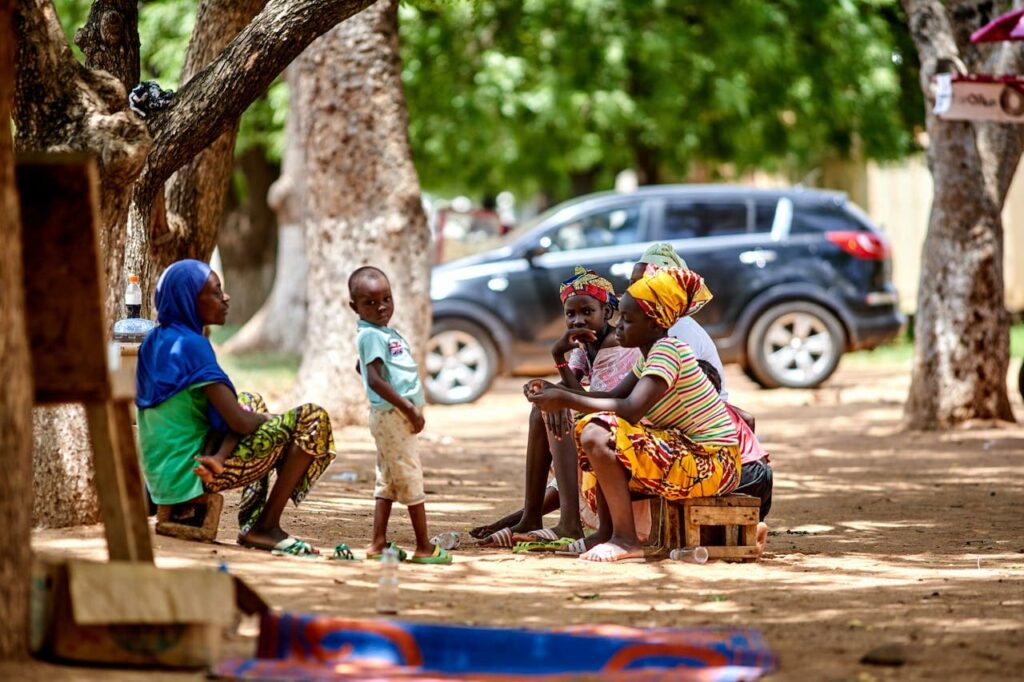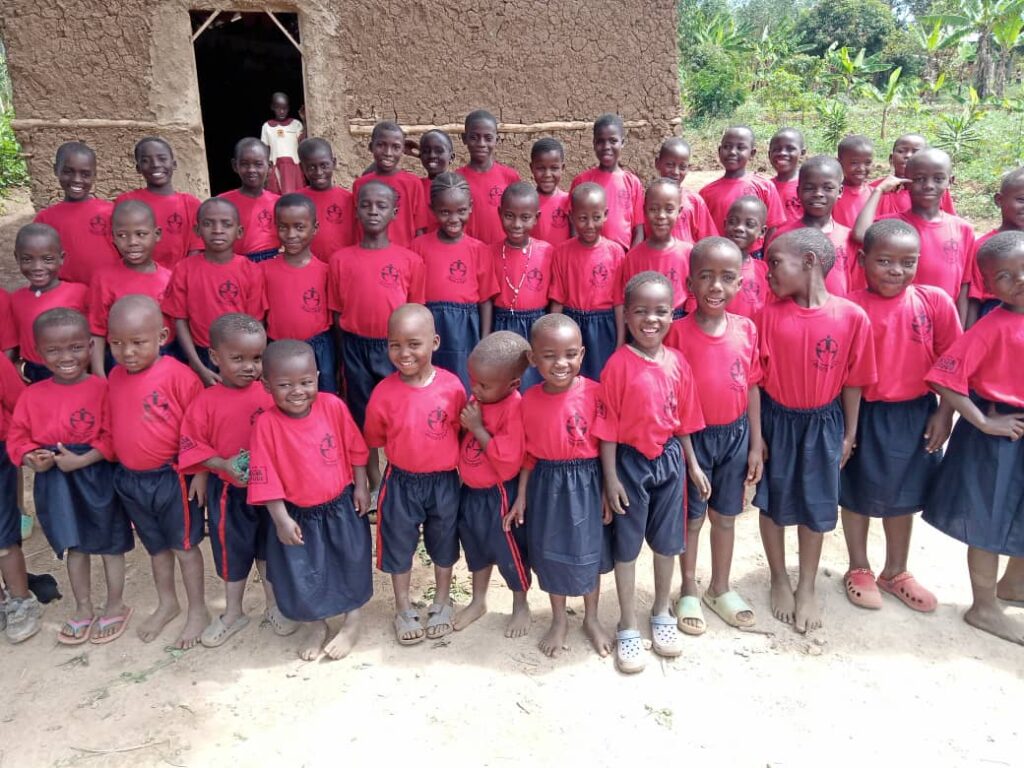 Donate Now
Donate Now

In partnership with the local Church, Okoa Refuge exists to glorify Christ through stabilizing the family unit and transforming entire communities.
Donate NowNearly 20% of the African population was facing hunger as of 2020—one of the highest rates of hunger in the world. Many of the people impacted by hunger in Africa are children. Hunger can have dire effects on a child, from stunting their growth to limiting their education opportunities. If child hunger in Africa is an issue that has weighed heavily on your heart, we hope you’ll take a moment to understand the hunger situation facing Africa and learn what you can do to help fight it.
According to the United Nations, several factors put African citizens and children at risk for malnutrition, food insecurity, and starvation.
One of the biggest reasons the UN cited was poverty and the cycle it creates. More than half of the population lives below the poverty line and struggles to purchase food to support their families. However, a hungry person is less likely to find a job with better pay due to their performance being affected by their lack of nutrition. Children in the home may have trouble focusing in school due to hunger, or their families may not be able to afford to send them to school—keeping the child stuck in the cycle of poverty and hunger.

Another major contributing factor is both the political and natural climate of Africa. The landscape of Africa is unique, consisting mostly of deserts and rainforests. Rising or lowering temperatures in the ocean have a significant impact on this unique climate. For example, in 2023 and continuing into this new year, we are seeing El Niño (higher ocean temperatures) climate patterns—this weather pattern puts Africa at risk for severe droughts. Droughts lead to failed crops and can cause famine—especially in more difficult climates like the deserts of Africa.
On top of this, Africa faces political struggles that hinder its food supply. Militaries require a lot of food; some may take precious resources away from the people they are invading. In places like South Sudan, families had to flee to avoid military violence—forcing them to abandon crops. Military sieges can also block the few major roadways used to transport food, leading to continent-wide food shortages, famine, and hunger for adults and children alike.
Hunger isn’t just starvation—it is a range that can go from food insecurity to malnutrition to full starvation. The Integrated Food Security Phase Classification (IPC) system was developed to better understand the levels of hunger in a given area. There are five phases to hunger:
Hunger is an everchanging problem in Africa, so we may never know the exact number of children who go to bed hungry in Africa. Last year, our estimates show that 216 million children in Africa are facing malnutrition and stunting due to a lack of food. Children are particularly vulnerable to malnutrition since they require high nutrition needs and Africa has one of the highest birth rates in the world—there are many mouths to feed for struggling families.
Uganda faces many of the hunger and food struggles that are seen throughout the continent of Africa. The UNICEF estimates that 1 in 3 Ugandan children have stunted growth from malnutrition. The good news is that the Global Hunger Index shows the hunger crisis in Uganda has been trending downward for the last 20 years, but that doesn’t mean the fight against hunger is over as Uganda’s hunger levels are still labeled as serious or in crisis based on the IPC scale.
Even though the child hunger crisis in Africa is dire, hope is far from gone. Around the world, charity organizations like Okoa Refuge have taken action to help children have access to food, water, and education. We are fighting to restore health and dignity to children affected by food insecurity and acute malnutrition. By partnering with these humanitarian efforts—either through time, money, awareness, or prayers—you are helping make a difference in the fight against hunger in Africa.
Many organizations help hungry and starving children in Africa. Just a few of these include:

At Okoa Refuge, we know how important it is to help keep children safe, well fed, and help them break the cycle of poverty. That’s why we made it our goal to leave no child behind with our residential Child Rescue Center. At our rescue center, orphaned and abandoned children can live, play, learn, and eat through the generosity of our supporters. If the child is adopted, we continue to support the child until they complete their education. Your donation can make a world of difference for a child in Uganda. Help us break the cycle of poverty and hunger, and join a child’s care team today!